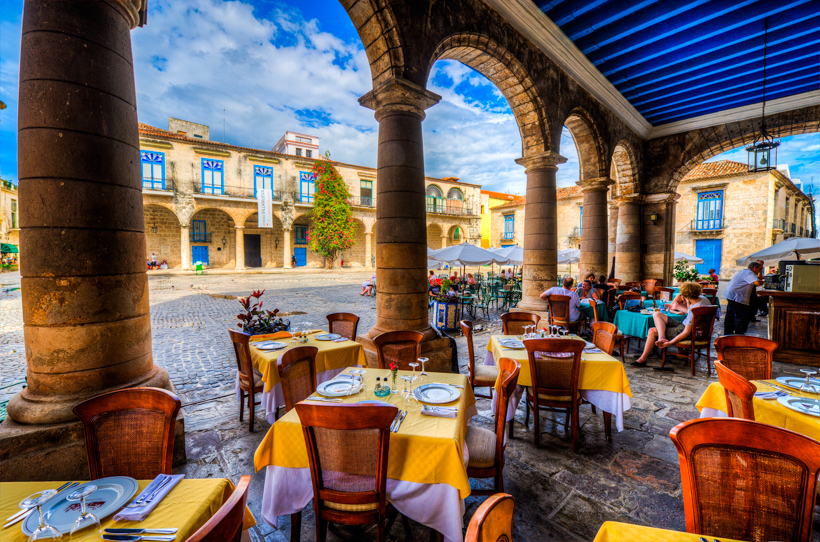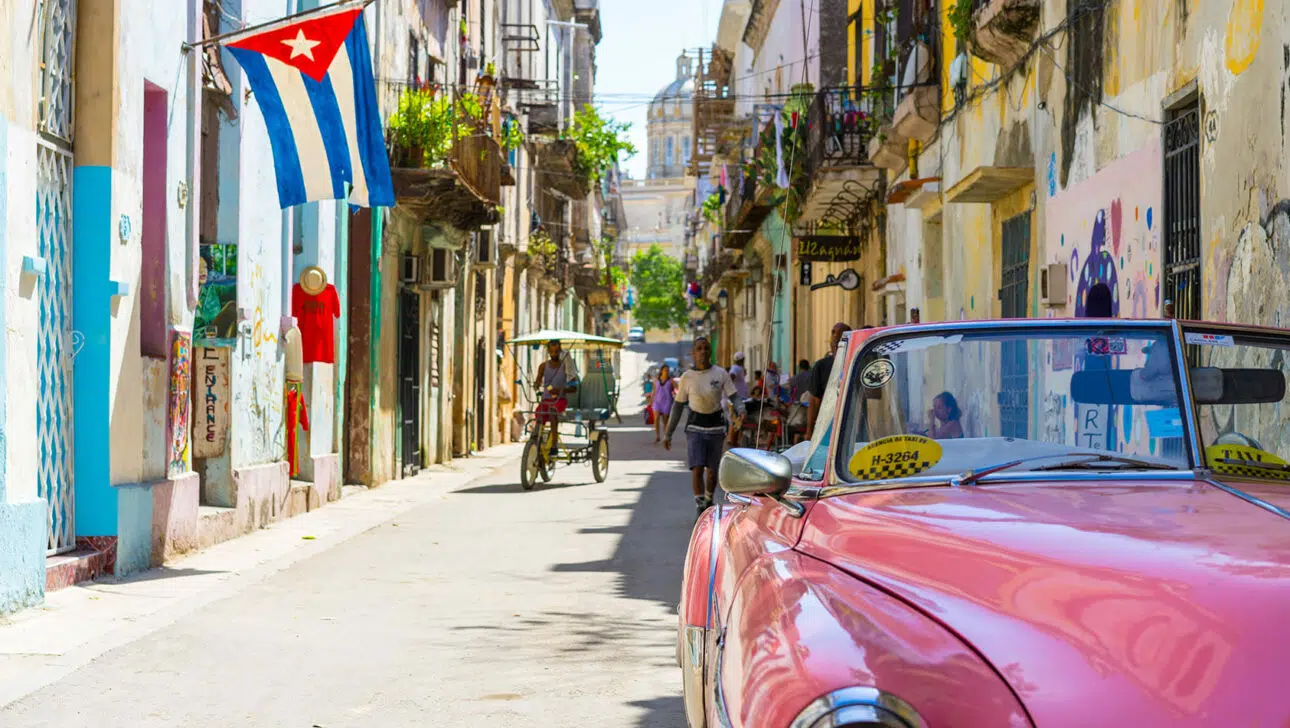From its salsa dancing to its white sand beaches, Cuba offers a myriad of ways and things to explore and enjoy, including a bevy of delicious foods. Whether it’s a quick snack you’re after or a sit-down comfort meal, here are the 10 Cuban dishes to try on your next trip to this incredible island country.
Ropa Vieja
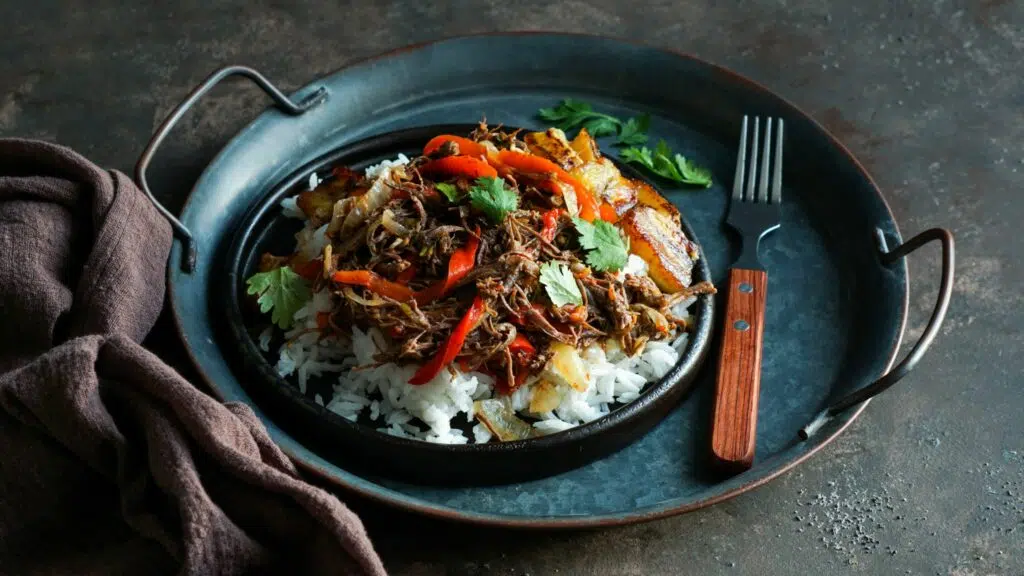
This beloved and oh-so-aromatic mix of shredded beef and tomato sauce originated in Spain, and it’s a staple throughout Latin American countries like Venezuela and Colombia. However, ropa vieja is considered the national dish of Cuba, where residents hold a special affinity for it.
The name ropa vieja translates to “old clothes,” likely because it’s traditionally made with tough cuts of meat that break into long, thin fibers—resembling well-worn threads—when cooked. There’s even a story behind the dish’s beginnings. It’s said that a poor old man had no money to feed his family, so shredded up his clothes and boiled them instead. The man prayed over the pot while it was cooking and when he finally lifted the lid, the concoction had transformed into a mouthwatering meat stew.
Ropa Vieja most likely emerged among the Sephardic Jews of the Iberian Peninsula. As cooking on the Sabbath was off-limits, they simply prepared this slow-cooking dish the night before and enjoyed it the following day. It made its way to the Caribbean with Spanish colonists and has long been a favorite in Cuba’s paladares—in-home, family-run restaurants—where it’s served up with sides of congri (Cuban black beans and rice) and fried plantains.
Vaca Frita
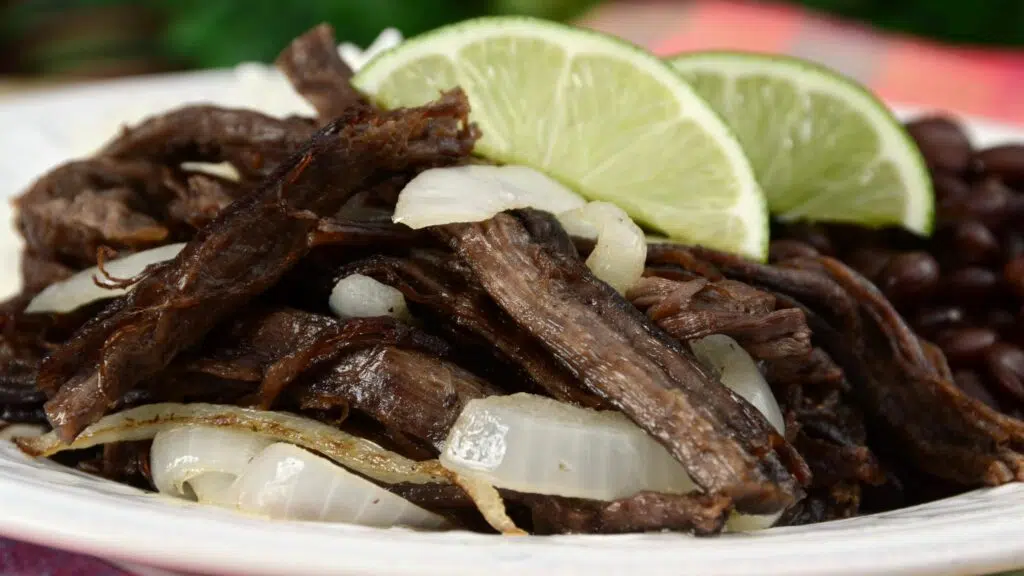
Another Cuban staple, vaca frita is similar to ropa frita, but with a twist. After marinating the shredded beef (often flank steak) Cubans cook it twice: once while the meat is stewing, and then pan frying it afterwards to make it crispy. In fact, the name of the dish translates to “fried cow” in English. Vaca Frita is believed to have originated in the Canary Islands, where slaves working the local plantations were challenged with turning tough cuts of meat into deliciously edible dishes.
Tostones
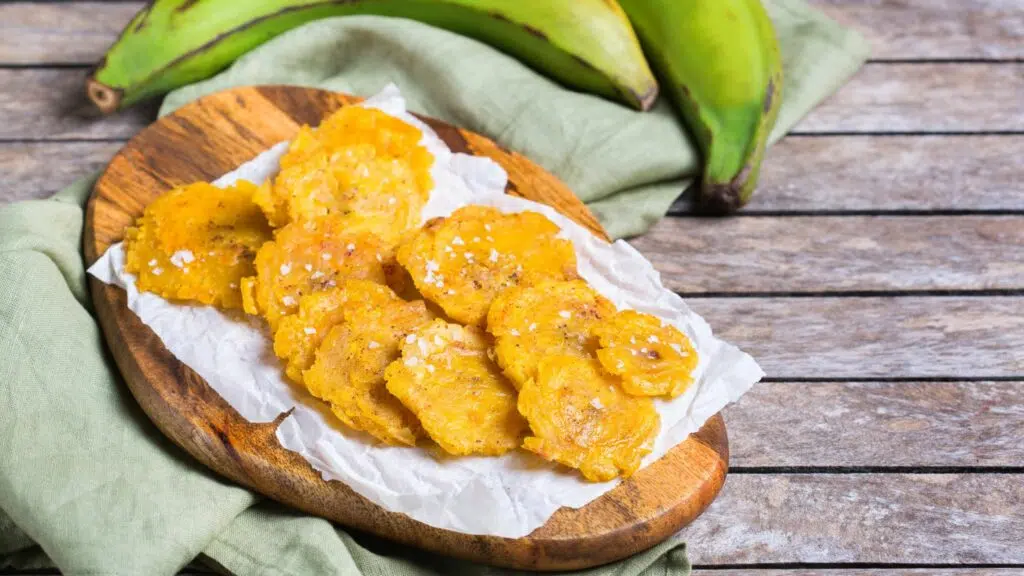
While plantains most likely originated in Southeast Asia, it was Spanish settlers who brought them to the Caribbean. Today, you’ll find them on menus throughout Latin America, though they’re especially prevalent in Cuba—so much so that Cubans often use the term aplatanado (being “plantain-like”) to describe non-native islanders who have adopted the country’s customs and culture.
Both cheap and nutritious, these starchy, banana-like fruits make a great snack or side-dish, especially in the form of tostones: unripe plantains that are peeled, diagonally sliced, and fried twice for extra deliciousness. They’re often served with some mojo dip: a signature Cuban sauce made up of olive oil, garlic and onion, herbs, and citrus juice.
Arroz con Pollo
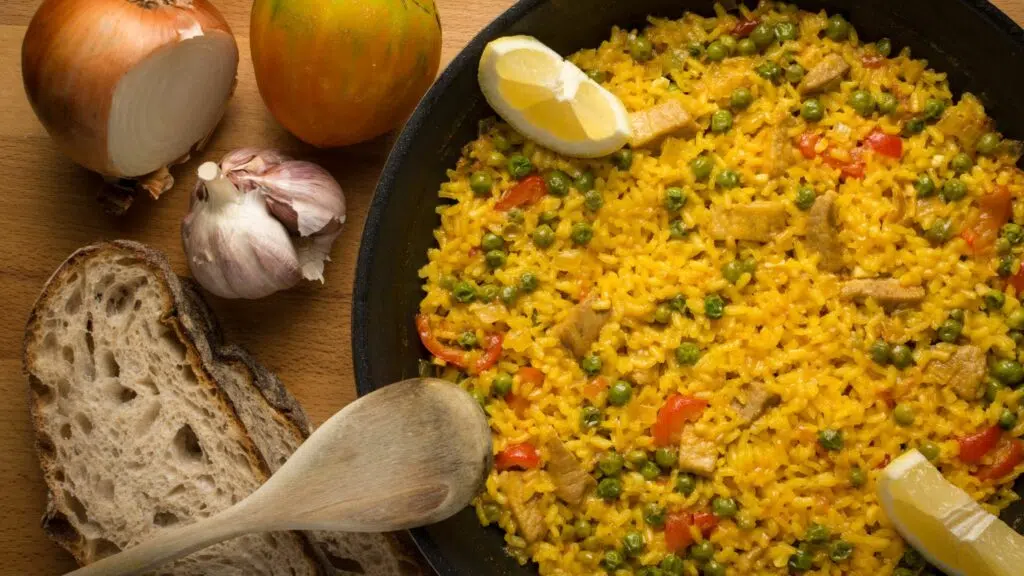
Similar in many ways to Spanish paella, arroz con pollo is a mix of rice, chicken, tomato sauce, and sofrito—a traditional Cuban seasoning made with garlic, onions, and bell peppers that’s the base for many of the country’s most prominent dishes.
The origins of this recipe stem from the time of the Moors occupation of Spain, which began in the 8th century. Later, the Spanish brought it to Latin America, including Cuba, where locals put their own spin on the dish. Considered a comfort food that’s both hearty and affordable to make, arroz con pollo has long been the preferred choice of family gatherings, including birthdays.
Moros y Cristianos
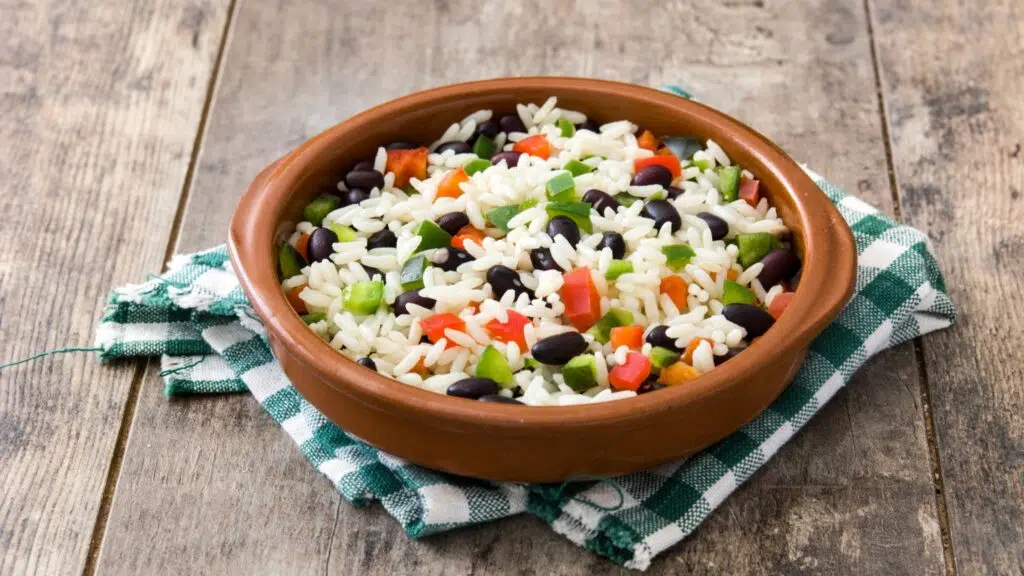
Cuban’s version of rice and beans, moros y cristianos is another dish that has its origins during the Moors’ occupation of Spain and was brought to the island country later. The name means “Moors and Christians,” with Moros being the black beans, and Cristianos the white rice. Unlike traditional rice and bean dishes, moros y cristianos cooks these two main ingredients in the same pot rather than separately, adding sofrito for a distinct Cuban flavor.
While easy to come by in Cuban homes and restaurants, moros y cristianos is also a standard dish during Noche Buena, an annual Christmas Eve family tradition with loads of good food.
Medianoche
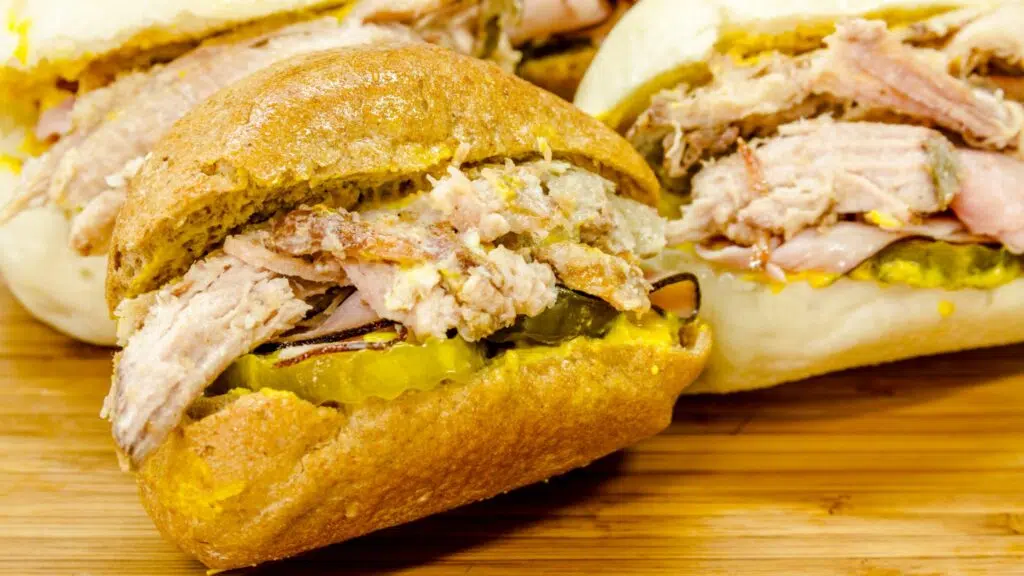
A standard food in Havana’s nightclubs, this warm pressed sandwich earned the name medianoche, or “midnight,” for the time of late night/early morning that it’s most often served. While its ingredients of roast pork, ham, mustard, Swiss cheese, and pickles are almost identical to those that make up the better-known Cuban sandwich (prevalent in Miami and Tampa), it’s the bread that differentiates the two. Rather than the crusty Cuban bread that’s a Cuban sandwich essential, medianoche utilizes a soft, sweet eggy roll. It’s the perfect “after hours” meal for replenishing following a night on the town.
Picadillo
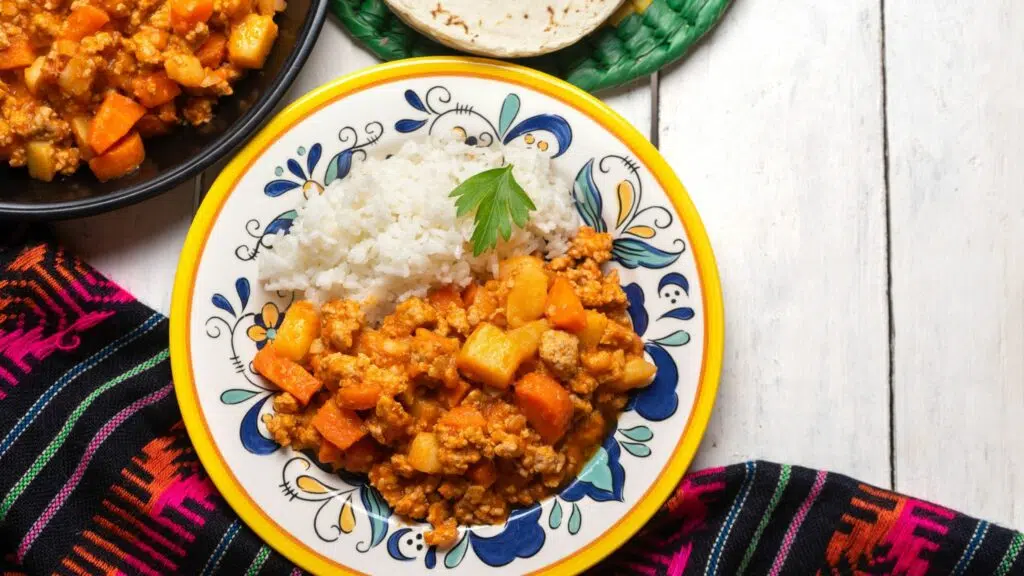
Although variations of picadillo exist across Latin America and the Philippines, the origins of this aromatic hash remain a mystery. Each country prides itself on its own distinct recipe, with Cuba’s version being a comfort staple that’s both extremely flavorful and easy to prepare.
Picadillo derives from the word picar, meaning in English to “mince” or “chop” ingredients. In this case that includes ground meat and tomatoes, as well as olives, capers, and raisins for a touch of sweetness. Crispy potatoes are often added as well. It’s then served together with black beans and rice, or used as a filling in foods like empanadas.
Fricase de Pollo
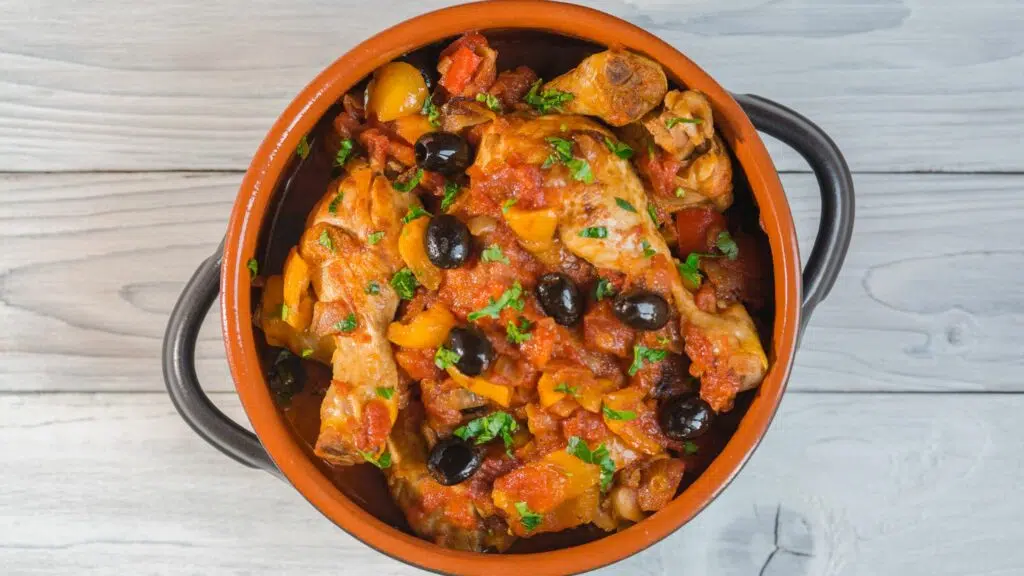
Another Cuban favorite, fricase de pollo is a chicken stew that combines cuts of dark skinless meat and potatoes in a tomato sauce, adding sour orange juice and garlic for extra flavor.
Fricassee is actually a French dish of meat or vegetables browned in butter, stewed in stock, and served in a white wine sauce. It’s believed that French refugees arriving in Haiti in the 1800s brought it with them. Many of them eventually resettled in Cuba, making fricase de pollo part of the local lexicon.
Cuban Coffee
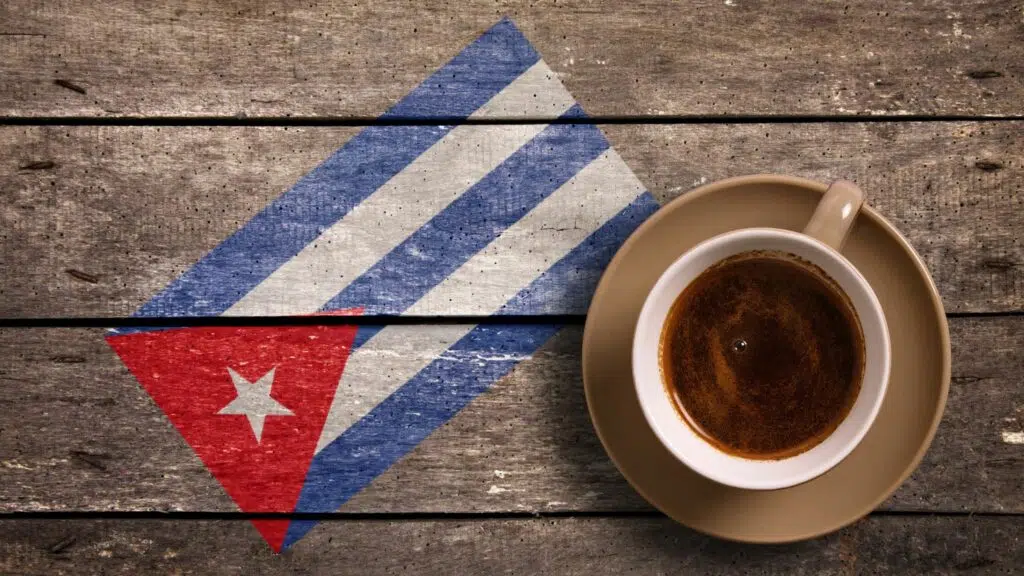
No Cuban dessert is complete without Cuban coffee, aka Café Cubano, a type of sweetened espresso that originated on the island. To make it, locals rigorously whip together natural brown sugar with a few early drops of brewed espresso. This creates a creamy foam that they then pour over with the remaining espresso. Cuban coffee is most commonly made with a Moka pot, sometimes called a stovetop espresso maker, and drinking it is a popular social activity. Residents linger together over cups of the strong brew everywhere from cafeterias and bars to kitchen tables.
Flan
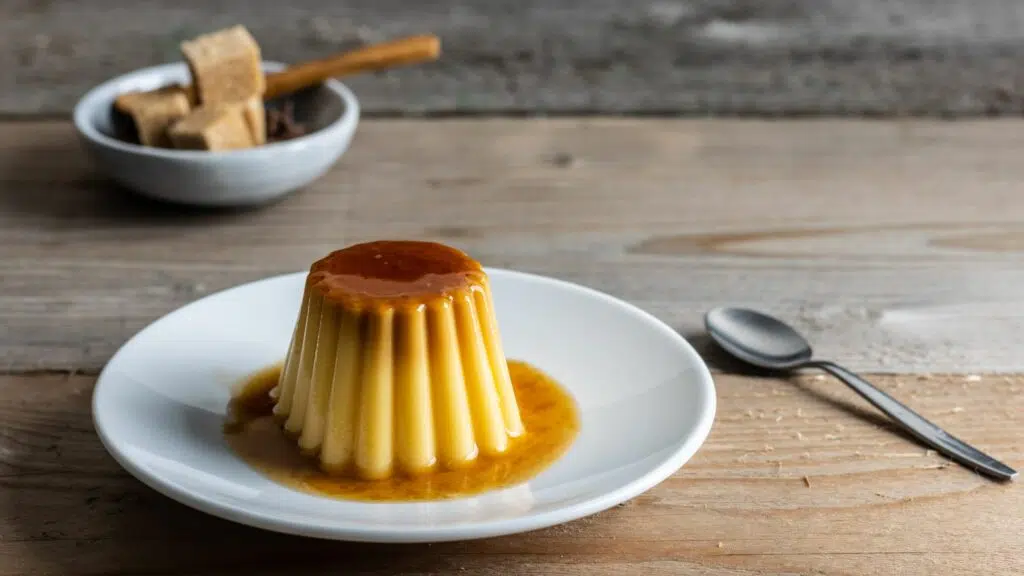
The Cuban version of flan, a creamy custard with caramel topping that’s prevalent throughout Latin America, utilizes condensed and evaporated canned milk. That’s because in Cuba, finding fresh milk was not always an option. While this was an ingredient born of necessity, it also yields a thicker and creamier custard that’s sweeter than your average flan.
Oddly, flan originated as a savory dish in ancient Rome. Eventually, a chef created a sweetened version with honey, and the dish became hugely popular. The Spanish later adopted the recipe and added their own twist. Like most other foods, they then brought it with them to the Caribbean.
Read about our Cultural Walking Adventure in Cuba so you can enjoy these dishes and experience this trip of a lifetime for yourself.
